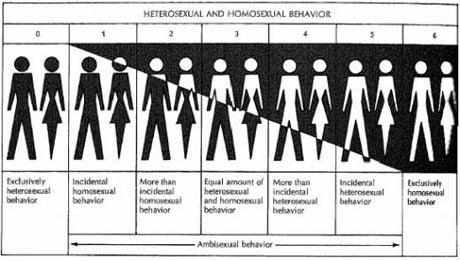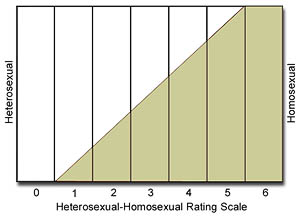

I never talked about my “ex-boyfriend,” instead referring to him as “the person I dated.” I tiptoed around the fact that I had dated men, trying to prove my legitimacy in this community. As a normally assertive person, I found myself backtracking and wanting to explain myself.

She was someone who strongly identified as a member of the LGBTQ community, and her comfort in her identity intimidated me. How could I consider myself a part of a community when I hadn’t experienced the hardships that came from it?Ī few months later, I went on my first date with a girl. There was something more there, but the dominant bisexual narrative of an equal attraction to men and women didn’t apply to me. I found myself much more frequently attracted to men, but I also knew the crushes I had on girls in high school and middle school were not random. Previously, I couldn’t fully consider myself bisexual. He introduced Kinsey, and, although a very simplified scale, it was what I needed to be able to fully understand my identity. I never had the language to describe my sexuality until Lane Fenrich’s Sexual Subjects class during Fall Quarter of my freshman year. I’m attracted to guys more than girls, but my attraction to women is more than just a random occurrence.

The scale was created in an attempt to break the binary of categorizing people as heterosexual or homosexual.īy identifying as a two on the scale, I am predominantly heterosexual with more than incidental homosexual leanings. Zero is 100 percent heterosexual, and a six is 100 percent homosexual. Developed in the late 1940s to categorize sexual orientation, the Kinsey scale is based on a sex-positive, action-based approach.


 0 kommentar(er)
0 kommentar(er)
